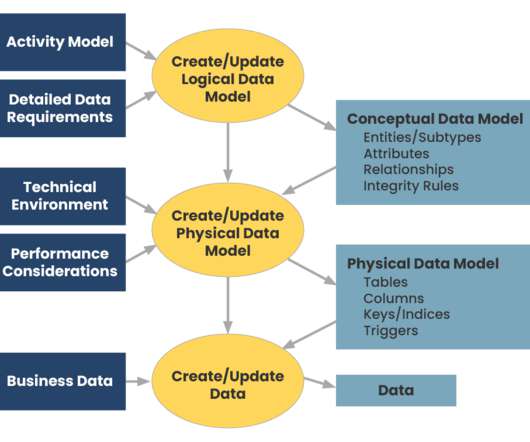Understanding the 4 Fundamental Components of Big Data Ecosystem
U-Next
SEPTEMBER 23, 2022
Previously, organizations dealt with static, centrally stored data collected from numerous sources, but with the advent of the web and cloud services, cloud computing is fast supplanting the traditional in-house system as a dependable, scalable, and cost-effective IT solution. Understanding The Ecosystem of Big Data .











Let's personalize your content